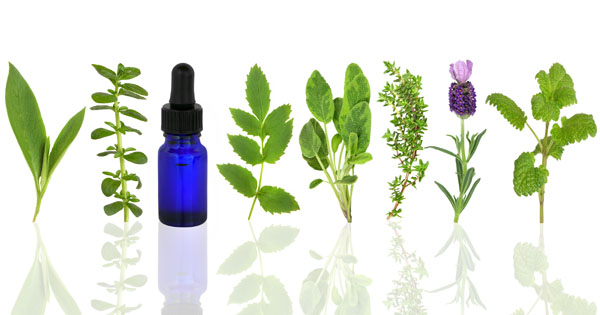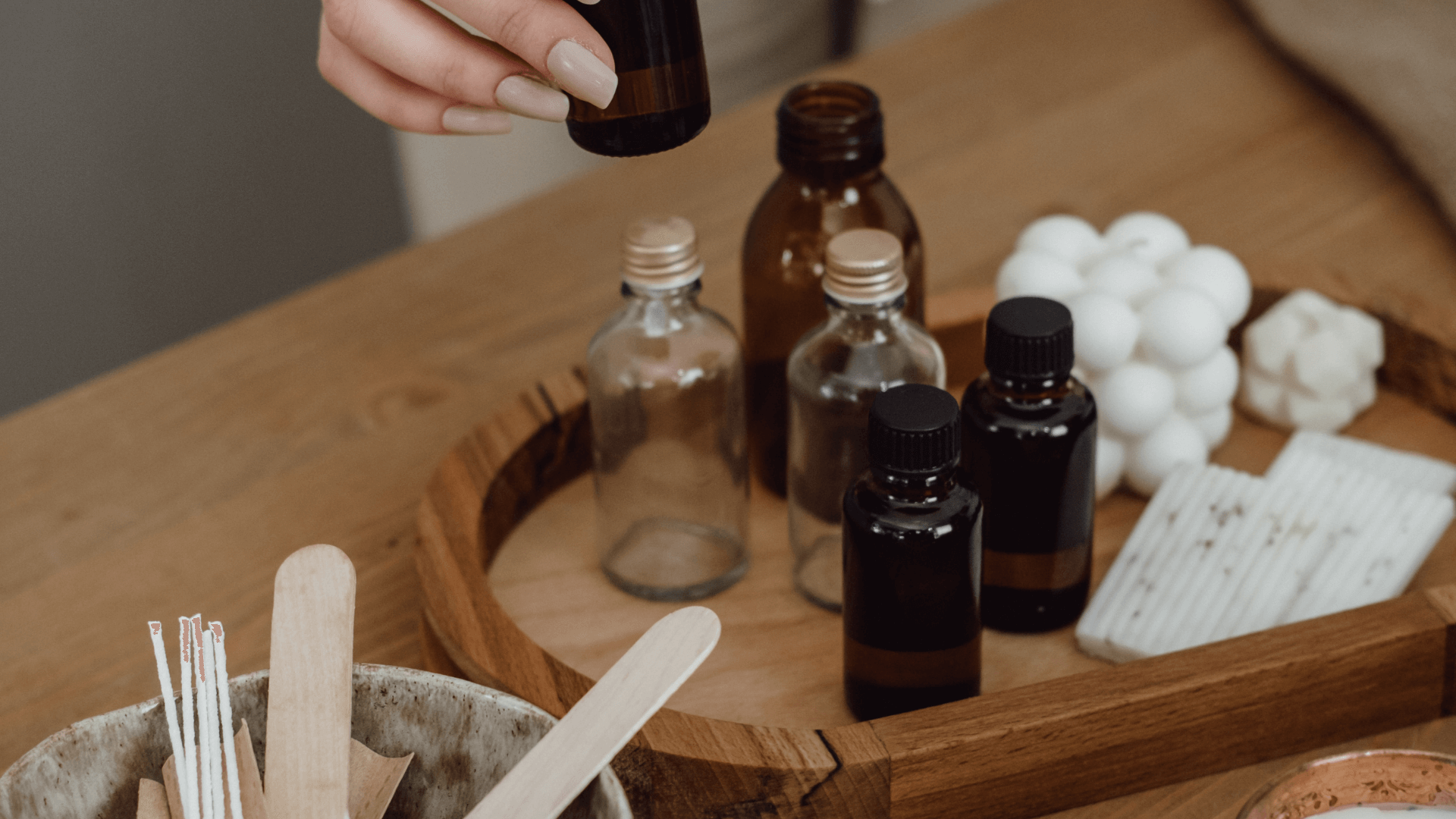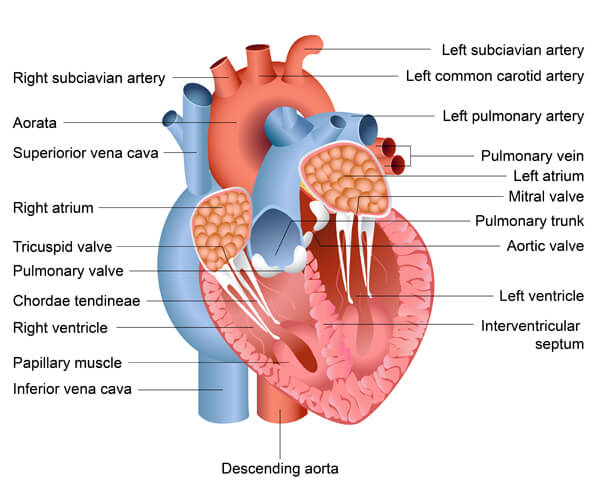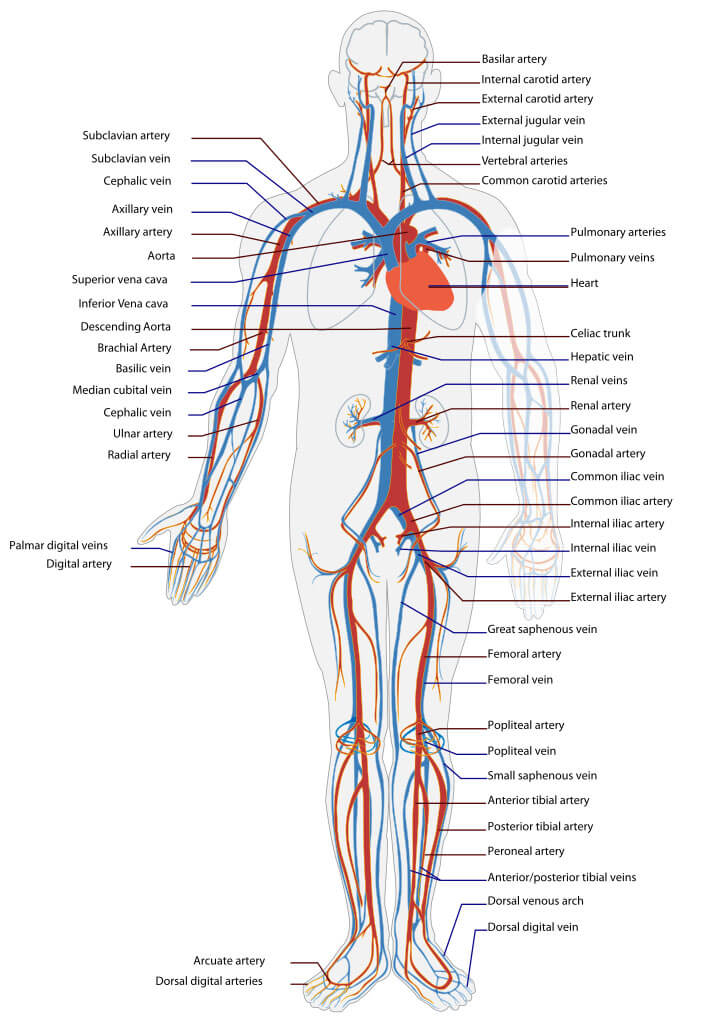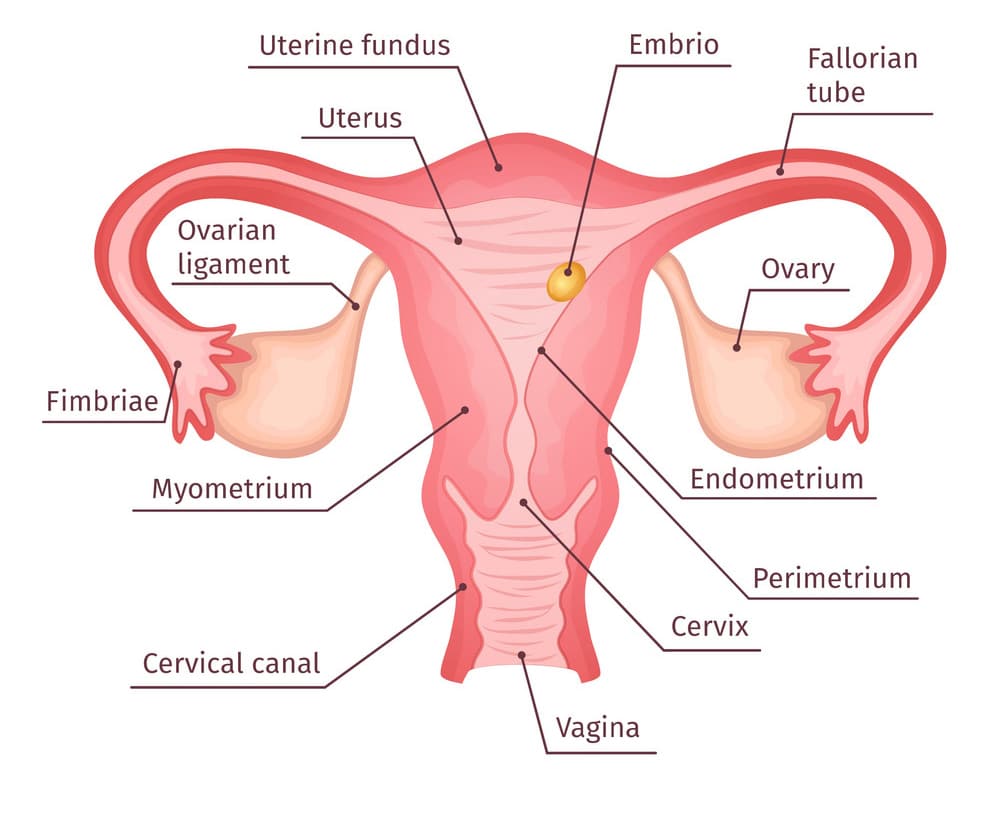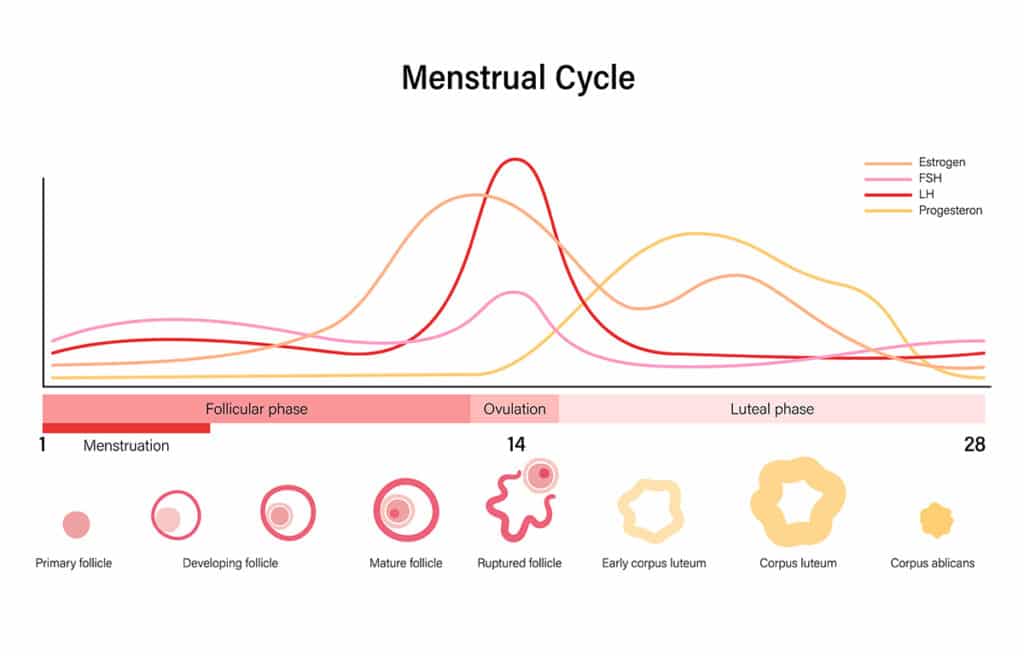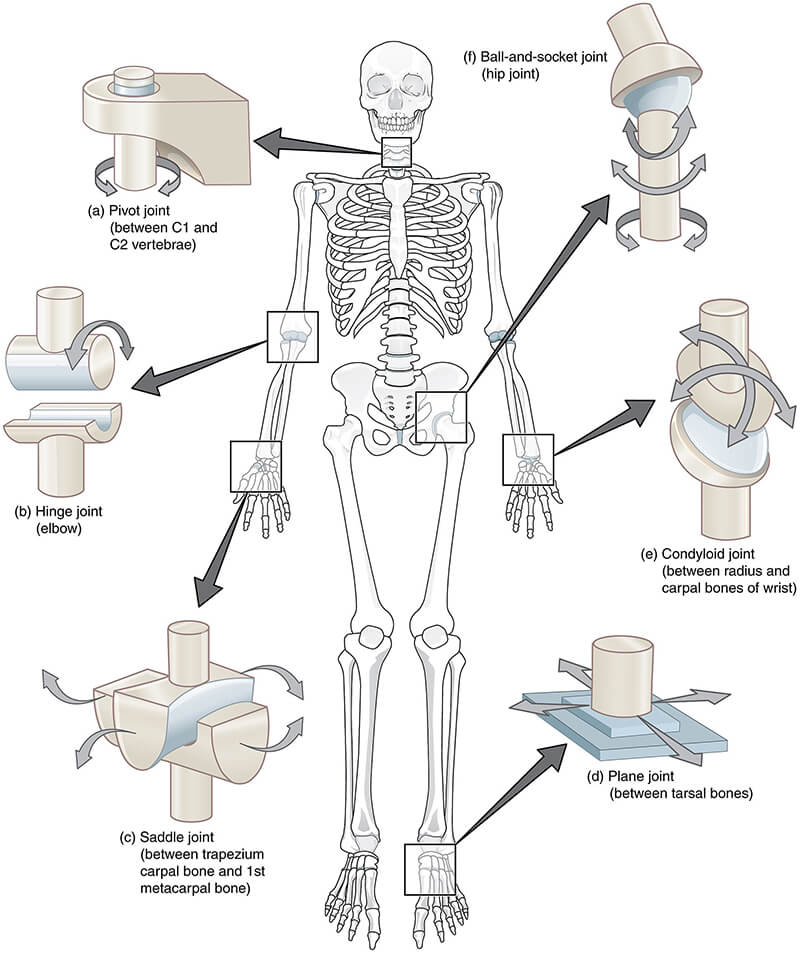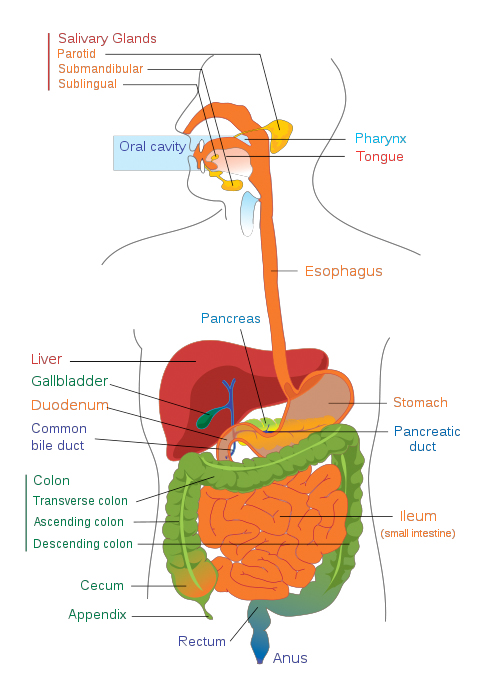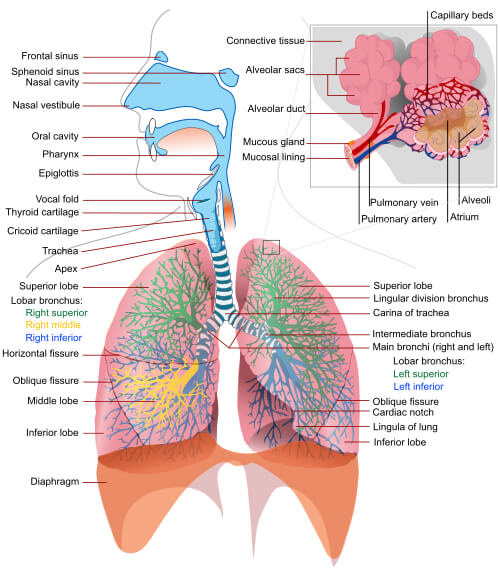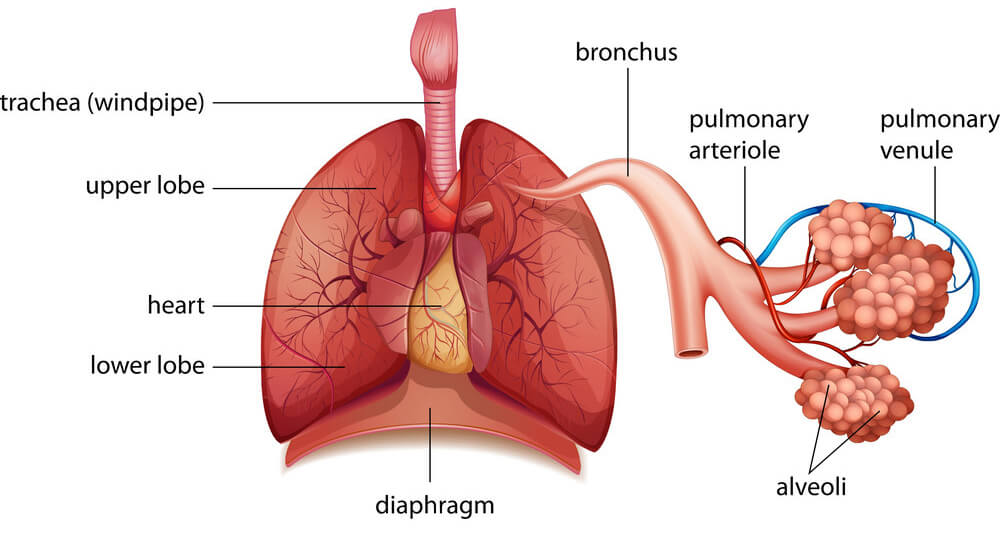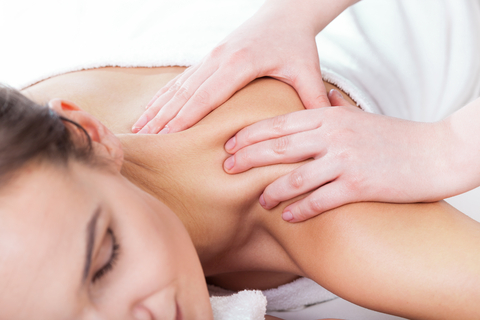Introduction
In this section of the course, I’ll share essential business insights and resources that can make the difference between a struggling practice and a thriving one. One of the most important elements of a successful aromatherapy business, whether selling essential oils or using them in practice, is effective cost accounting. This will help you understand not only what each product costs to produce or use but also how much you need to charge to make a sustainable profit.
While I don’t recommend taking on complex cost accounting yourself if you’re not skilled with spreadsheets and financial calculations, I want to highlight the critical importance of understanding your true costs. Every drop of essential oil, every minute of labor, and every piece of packaging must be accounted for. Consider finding a local bookkeeper or using modern accounting software to help you establish effective cost-tracking systems.
When I first started selling essential oils years ago, I realized I had forgotten to include shipping costs in my final pricing and quickly discovered that I was actually losing money or making very little profit. This can be devastating for any practice or business, so here are proven strategies for accurately costing your aromatherapy products and services.
Cost Accounting: Understanding Your True Costs
One of the most crucial aspects of developing a successful aromatherapy practice is pricing your services and products properly to ensure you cover all costs and generate a sustainable profit. Proper cost accounting goes beyond just the price you paid for essential oils—it includes every expense that goes into delivering your product or service to the customer.
Basic Cost Accounting: How Much Did It Really Cost You?
When calculating costs for essential oils or any other product you plan to use or carry, it’s essential to include all associated expenses, such as shipping costs, storage, potential spillage or waste, and your time. If you bought essential oils from a supplier who shipped them to you, you incurred shipping costs. If you bought them from a local shop by driving there, you spent money on gas, parking, and your valuable time.
Depending on how many oils you bought and their sizes, you need to proportionally allocate these additional costs. Let’s work through a practical example:
| Product | Base Cost |
|---|---|
| 1oz Roman Chamomile | $49.00 |
| 4oz Eucalyptus | $15.00 |
| 2ml Neroli | $32.00 |
| 10ml Ginger | $12.00 |
| 8oz Lavender | $75.00 |
| Shipping Cost | $15.00 |
| Total Order Cost | $198.00 |
Step-by-Step Cost Calculation
Step One: Allocate Additional Costs
Distribute the shipping cost proportionally across all items. In this example, we’ll allocate $3.00 shipping to each item for simplicity:
| Product | Base Cost | Shipping Allocation | Total Cost |
|---|---|---|---|
| Roman Chamomile (1oz) | $49.00 | $3.00 | $52.00 |
| Eucalyptus (4oz) | $15.00 | $3.00 | $18.00 |
| Neroli (2ml) | $32.00 | $3.00 | $35.00 |
| Ginger (10ml) | $12.00 | $3.00 | $15.00 |
| Lavender (8oz) | $75.00 | $3.00 | $78.00 |
Step Two: Calculate Per-Unit Costs
Convert costs to per-milliliter and per-drop measurements. Remember: approximately 20 drops per milliliter and 30 milliliters per ounce.
| Essential Oil | Total Cost | Volume | Cost/ml | Cost/drop |
|---|---|---|---|---|
| Roman Chamomile | $52.00 | 30ml | $1.73 | $0.087 |
| Eucalyptus | $18.00 | 120ml | $0.15 | $0.0075 |
| Neroli | $35.00 | 2ml | $17.50 | $0.875 |
| Ginger | $15.00 | 10ml | $1.50 | $0.075 |
| Lavender | $78.00 | 240ml | $0.325 | $0.016 |
Note: Calculations assume 20 drops per milliliter, 30ml per ounce
Step Three: Determine Retail Pricing
Decide on your markup to ensure profitability. Standard markups in the aromatherapy industry range from 100% to 300%, depending on your market positioning and value proposition.
Markup Guidelines:
• 100% markup = 2x cost (standard retail)
• 150% markup = 2.5x cost (premium positioning)
• 200% markup = 3x cost (luxury/specialty market)
Example Pricing with Different Markups:
| Oil | Cost/ml | 100% Markup | 150% Markup | 200% Markup |
|---|---|---|---|---|
| Lavender | $0.325 | $0.65 | $0.81 | $0.98 |
| Roman Chamomile | $1.73 | $3.46 | $4.33 | $5.19 |
| Neroli | $17.50 | $35.00 | $43.75 | $52.50 |
Step Four: Create Your Master Pricing Sheet
Develop a comprehensive reference sheet that details pricing for each essential oil, carrier oil, hydrosol, and other materials you use in your practice. Keep this accessible for quickly calculating total product costs and ensuring profitable pricing.
This sheet should include:
• Cost per milliliter (and grams) and per drop for all essential oils
• Cost per milliliter (and grams) for all carrier oils
• Hourly labor rates for different types of work
• Packaging costs per unit
• Overhead allocation per product
Complete Cost Accounting for Product Lines
Full cost accounting is a sophisticated process, and I recommend hiring a professional accountant or finding someone willing to trade services to help establish your system. A comprehensive cost accounting system includes every expense that goes into making your products:
Direct Material Costs:
• Essential oils (calculated per drop used)
• Carrier oils and bases
• Additional ingredients (preservatives, emulsifiers, etc.)
• Primary packaging (bottles, jars, tubes)
• Secondary packaging (boxes, labels, inserts)
Direct Labor Costs:
• Formulation time
• Production time
• Packaging time
• Quality control time
Indirect Costs (Overhead):
• Rent or home office allocation
• Utilities
• Equipment depreciation
• Insurance
• Marketing materials
• Administrative time
Product Costing Example: Custom Massage Oil Blend
Example: Relaxation Massage Oil (2oz bottle)
| Component | Quantity | Unit Cost | Total Cost |
|---|---|---|---|
| Sweet Almond Oil | 55ml | $0.05/ml | $2.75 |
| Lavender EO | 15 drops | $0.016/drop | $0.24 |
| Geranium EO | 10 drops | $0.045/drop | $0.45 |
| Frankincense EO | 5 drops | $0.12/drop | $0.60 |
| 2oz Amber Bottle | 1 | $0.85 | $0.85 |
| Label | 1 | $0.15 | $0.15 |
| Labor (15 min @ $30/hr) | 0.25 hr | $30/hr | $7.50 |
| Total Cost | $12.54 | ||
| Selling Price (150% markup) | $31.35 | ||
| Gross Profit | $18.81 |
This example shows how even small amounts of premium essential oils can significantly impact your cost structure and why accurate tracking is essential for maintaining profitability.
Equipment and Infrastructure Needs
Along with your essential oils, carrier oils, and other raw materials, consider the cost of adding professional equipment to your business, depending on your specific goals and chosen business model.
Essential Equipment Checklist
Basic Practice Setup:
• ☐ Digital scale (precise to 0.1g) – $50-150
• ☐ Glass measuring beakers – $20-50
• ☐ Diffuser(s) for treatment rooms – $30-200
• ☐ Measuring cups and spoons (stainless steel) – $25-75
Product Development Setup:
• ☐ Vitamix or similar high-speed blender for creams – $300-500
• ☐ Stainless steel double boiler – $50-150
• ☐ Immersion blender for small batches – $30-80
• ☐ Digital thermometer – $15-40
Enhanced Client Experience:
• ☐ Foot bath(s) – $100-500
• ☐ Towel warmer cabinet – $200-800
• ☐ Essential oil storage cabinet – $150-400
• ☐ Professional labeling system – $100-300
Professional Production (for product lines):
• ☐ Commercial-grade mixers – $500-2000
• ☐ Filling equipment for bottles – $200-1000
• ☐ Heat sealing equipment – $150-500
• ☐ Inventory management system – $50-200/month
Other equipment considerations: _________________________________
Business Operations and Legal Considerations
Insurance Coverage
Professional liability insurance is not optional—it’s essential protection for your aromatherapy business. There are several providers specializing in coverage for holistic health and aromatherapy practitioners. Research each option thoroughly to find coverage that fits your specific needs and business model.
Recommended Insurance Resources:
Professional Organizations with Insurance Programs:
• The National Association for Holistic Aromatherapy (NAHA) – www.naha.org
– Offers professional liability insurance for members
– Provides continuing education and industry updates
– Excellent resource for maintaining professional standards
• Associated Bodywork & Massage Professionals (ABMP) – www.abmp.com
– Comprehensive coverage for massage therapists integrating aromatherapy
– Includes product liability coverage
– Excellent educational resources and advocacy
Specialized Insurance Providers:
• Indie Business Network – www.indiebeauty.com
– Focuses on small beauty and wellness product companies
– Product liability and business coverage options
– Community support for indie beauty entrepreneurs
• Sport & Fitness Insurance – Covers wellness practitioners
• Beazley Insurance – Specializes in product liability for cosmetic and wellness products
What Your Insurance Should Cover:
• Professional liability for services provided
• Product liability for any products sold
• General business liability
• Property coverage for equipment and inventory
• Cyber liability if handling client data online
Modern Marketing Strategies
Website and Digital Presence
Having a beautiful, engaging, and informative website is absolutely crucial in today’s business environment. Your website serves as your 24/7 sales representative and often provides the first impression potential clients have of your business.
Website Platform Recommendations:
WordPress – Still one of the best options for business websites
• Highly customizable with thousands of themes and plugins
• Excellent for SEO (search engine optimization)
• You can maintain and update content yourself
• Cost-effective with hosting from $10-50/month
Shopify – Best for product sales
• Built-in e-commerce functionality
• Professional payment processing
• Inventory management integration
• Monthly costs: $29-299+ depending on features
Squarespace – Beautiful templates, easier for beginners
• Drag-and-drop design interface
• Built-in e-commerce capabilities
• Professional templates specifically for wellness businesses
• Monthly costs: $12-40
Essential Website Elements:
• Clear description of your services and expertise
• Professional photography of products and practice space
• Client testimonials and success stories
• Educational blog content demonstrating expertise
• Easy online booking system
• Contact information and location details
• Mobile-responsive design (essential for modern users)
Professional Tip: Find a web designer experienced with wellness businesses who can create your initial site, then learn to maintain it yourself. The most important factor is finding a designer who can provide you with a simple yet effective site that you can easily update.
Social Media Marketing and Community Building
The digital marketing landscape has undergone a dramatic transformation. A well-executed social media strategy can be the difference between a struggling practice and a thriving one. Social media enables you to establish genuine connections with potential clients, showcasing your expertise and passion for aromatherapy.
Platform-Specific Strategies:
Instagram – Perfect for aromatherapy businesses
• Share beautiful product photography
• Behind-the-scenes content of blending and formulation
• Educational carousel posts about essential oil safety
• Stories featuring client testimonials (with permission)
• Reels showing quick aromatherapy tips
Facebook – Excellent for local community building
• Create events for workshops and classes
• Share longer-form educational content
• Build local community groups around wellness
• Use Facebook ads to target local demographics
• Live videos for Q&A sessions
YouTube – Establish expertise through education
• Create “how-to” videos for safe essential oil use
• Product spotlights and ingredient education
• Virtual workshop content
• Client success stories (with permission)
Pinterest – Drive traffic to your website
• Create boards for different aromatherapy applications
• Pin high-quality images of your products
• Share infographics about essential oil safety
• Seasonal aromatherapy ideas and recipes
LinkedIn – B2B connections and professional networking
• Connect with other wellness practitioners for referrals
• Share industry insights and research
• Establish thought leadership in aromatherapy
• Network with spa and wellness center owners
Email Marketing: Building Long-Term Relationships
Email marketing remains one of the highest ROI marketing channels available. It allows you to nurture relationships with clients and prospects while providing ongoing education about aromatherapy.
Email Marketing Platforms:
Mailchimp – User-friendly with excellent free tier
• Easy drag-and-drop email builder
• Automation capabilities for welcome series
• Integration with e-commerce platforms
• Free for up to 2,000 contacts
ConvertKit – Designed specifically for creators and educators
• Powerful automation and segmentation
• Great for course creators and educators
• Excellent customer support
• Starts at $29/month
Klaviyo – Best for e-commerce integration
• Advanced segmentation based on purchase behavior
• SMS marketing capabilities
• Predictive analytics
• Higher cost but excellent ROI for product businesses
Constant Contact – Good for local businesses
• Event management features
• Social media integration
• Excellent customer support
• Strong reputation in local business community
Brevo (formerly Sendinblue) – European-based with strong privacy compliance
• SMS marketing included
• Advanced automation capabilities
• Competitive pricing
• GDPR compliant
Email Marketing Strategy:
• Welcome series for new subscribers, introducing your approach to aromatherapy
• Monthly newsletters with seasonal aromatherapy tips
• Educational content about essential oil safety and applications
• Exclusive offers for subscribers
• Client success stories and testimonials
• Workshop and event announcements
Business Development and Support Resources
Small Business Administration (SBA)
The Small Business Administration provides invaluable resources for aromatherapy entrepreneurs, including:
Small Business Development Centers (SBDCs) – www.sba.gov/sba-learning-center/search/training
• Free business counseling and mentorship
• Help with business plan development
• Financial planning and loan assistance
• Marketing strategy development
• Legal structure guidance
SCORE Mentorship – Free mentoring from experienced business professionals
• Industry-specific guidance
• Monthly workshops and webinars
• Online resources and templates
Professional Development Resources
Industry Organizations:
• NAHA (National Association for Holistic Aromatherapy) – Industry standards and continuing education
• AIA (Alliance of International Aromatherapists) – Global perspective and resources
• International Federation of Aromatherapists – European-based professional standards
Business Education:
• Local Community College Business Programs – Often offer entrepreneur-specific courses
• SCORE Workshops – Free business education workshops
• Online Platforms – Coursera, Udemy, and LinkedIn Learning offer business courses
Regulatory and Legal Resources
FDA Compliance:
• Understanding cosmetic vs. drug claims
• Proper labeling requirements
• Good Manufacturing Practices (GMP)
• Ingredient safety documentation
State and Local Requirements:
• Business licensing requirements
• Sales tax registration and collection
• Zoning compliance for home-based businesses
• Professional licensing requirements (varies by state)
Legal Support:
• NOLO – Self-help legal resources for small businesses
• LegalZoom – Online legal document preparation
• Local Small Business Legal Clinics – Often provide free or low-cost consultations
Continuing Your Aromatherapy Education
One of the most rewarding aspects of aromatherapy is that learning never stops. Once you’ve mastered the fundamentals, you can continue expanding your knowledge with advanced aromatherapy training or even pursue additional formal education in complementary fields like massage therapy, esthetics, herbal medicine, or nursing. The synergy between aromatherapy and other healing modalities creates countless opportunities for specialization and growth.
Advanced Aromatherapy Specializations
Clinical Aromatherapy – Working in healthcare settings with specific protocols
Aromatic Medicine – Advanced therapeutic applications and research
Perfumery and Natural Fragrance – Creating signature scents and commercial fragrances
Pediatric Aromatherapy – Specialized training for working with children
Geriatric Aromatherapy – Focused on elderly care and age-related concerns
Hospice and Palliative Care – Providing comfort and support in end-of-life care
Veterinary Aromatherapy – Safe applications for animal wellness
Business Skills Development
Digital Marketing Mastery – SEO, content marketing, social media advertising
Photography for Product Marketing – Creating compelling visual content
Financial Management – Advanced bookkeeping, tax planning, profit optimization
Customer Service Excellence – Building lasting client relationships
Regulatory Compliance – Staying current with industry regulations
Building Your Professional Network
Attend Industry Conferences – Network with other practitioners and stay current with research
Join Professional Organizations – Build credibility and access continuing education
Participate in Online Communities – Share knowledge and learn from peers
Seek Mentorship – Find experienced practitioners willing to guide your development
Consider Teaching – Sharing knowledge strengthens your own understanding
The Philosophy of Lifelong Learning
Aromatherapy is not merely a modality or technique—it’s a way of connecting with the healing power of nature and supporting others on their wellness journeys. Now that you have a solid foundation, I encourage you to play, experiment, and practice. Like all meaningful pursuits, there’s always more to discover, whether it’s a new research study revealing additional therapeutic properties of familiar oils or traditional wisdom from other cultures expanding your understanding of aromatic medicine.
The aromatherapy field continues to evolve with new research, changing regulations, and expanding acceptance in mainstream healthcare. Staying current with these developments through continuing education will not only enhance your practice but also ensure you’re providing the most current and effective support to your clients.
If you’re inspired to deepen your knowledge and expand your aromatherapy practice or business, consider pursuing advanced certification programs that build upon this foundation. The investment in your education will pay dividends throughout your career, both in the satisfaction of helping others and in the financial success of your business.
For advanced aromatherapy certification and continued learning opportunities, visit The School for Aromatic Studies at aromaticstudies.com
Action Steps for Implementation
Immediate Actions (This Week):
1. Set up a basic cost-tracking system using spreadsheet software or an accounting app
2. Calculate true costs for your 5 most commonly used essential oils
3. Research insurance options and request quotes
4. Choose and set up one social media platform for your business
Short-Term Goals (Next Month):
1. Complete cost analysis for all products/services you plan to offer
2. Establish a pricing structure with appropriate markups
3. Set up a basic website or improve an existing online presence
4. Join at least one professional aromatherapy organization
Long-Term Vision (Next 6 Months):
1. Implement a comprehensive marketing strategy across multiple channels
2. Establish systems for tracking business metrics and profitability
3. Plan continuing education and skill development
4. Evaluate and adjust the business model based on initial results
Building a successful aromatherapy business requires time, patience, and ongoing learning. Concentrate on delivering exceptional value to your clients while adhering to solid business practices, and success will naturally follow.
